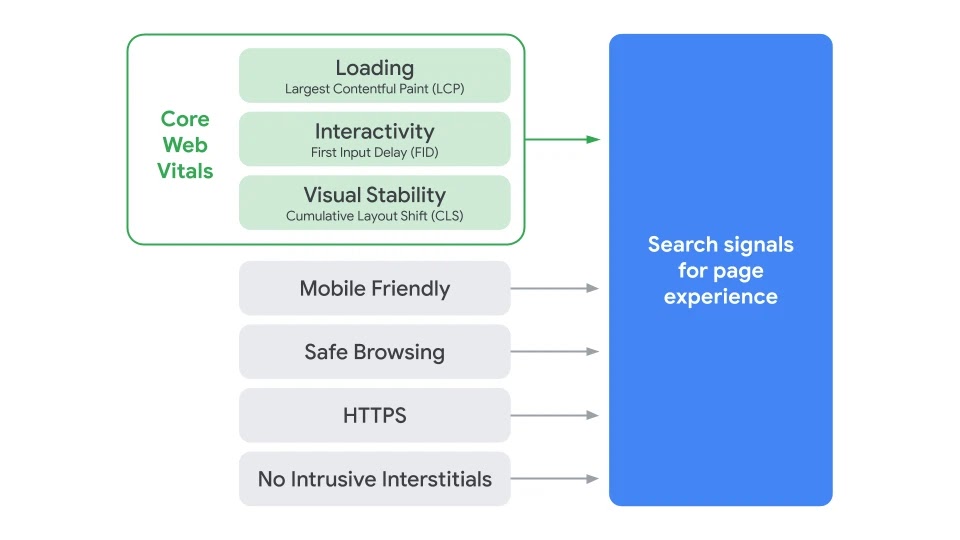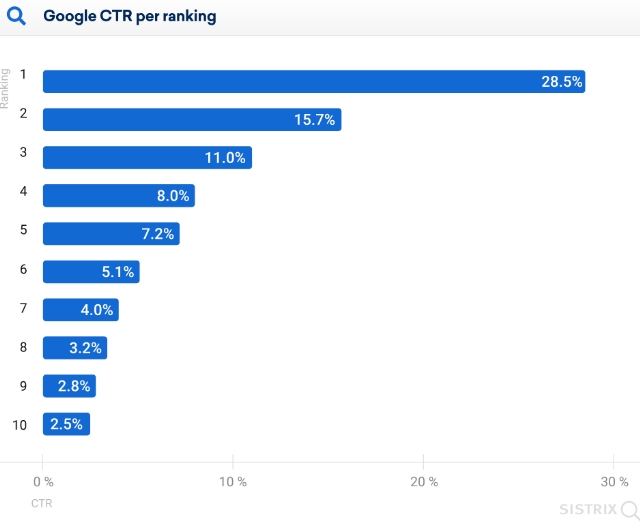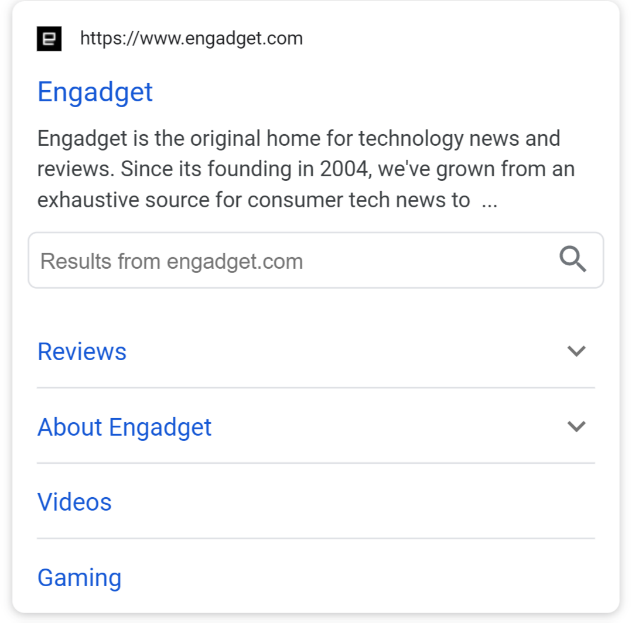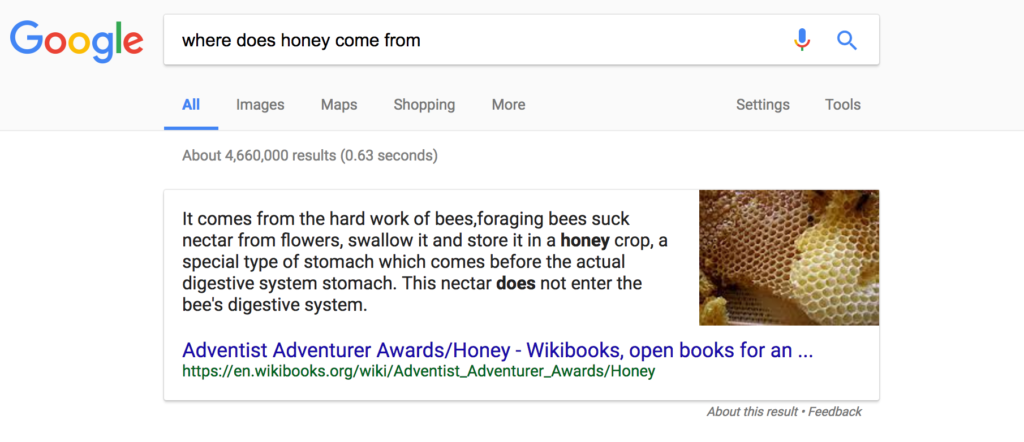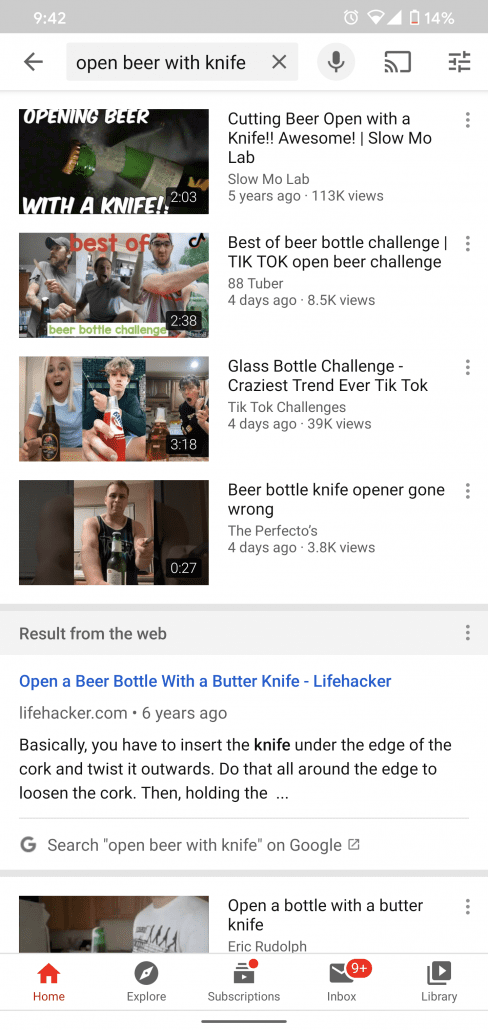I don’t think it is an overstatement to say that 2020 changed everything for businesses around the world – no matter what industry you are in. The spread of COVID-19 accelerated the migration of small and local businesses to the internet, making having an online presence no longer an option but a necessity.
In turn, these changes have had a massive impact on digital marketing, driving a wave of new competition and seismic shifts in how we connect with customers every day.
For better or worse, many of these changes are bound to stick around well into 2021, influencing the ways we shop, advertise, and connect with customers for the foreseeable future.
With this in mind, predicting next year’s search trends is a little easier than it has been in the past, with some clear indicators of what businesses need to do to stay relevant and efficient in a post-COVID world.
The 5 Online Marketing Trends You Need To Know In 2021
The Effects of COVID Will Linger
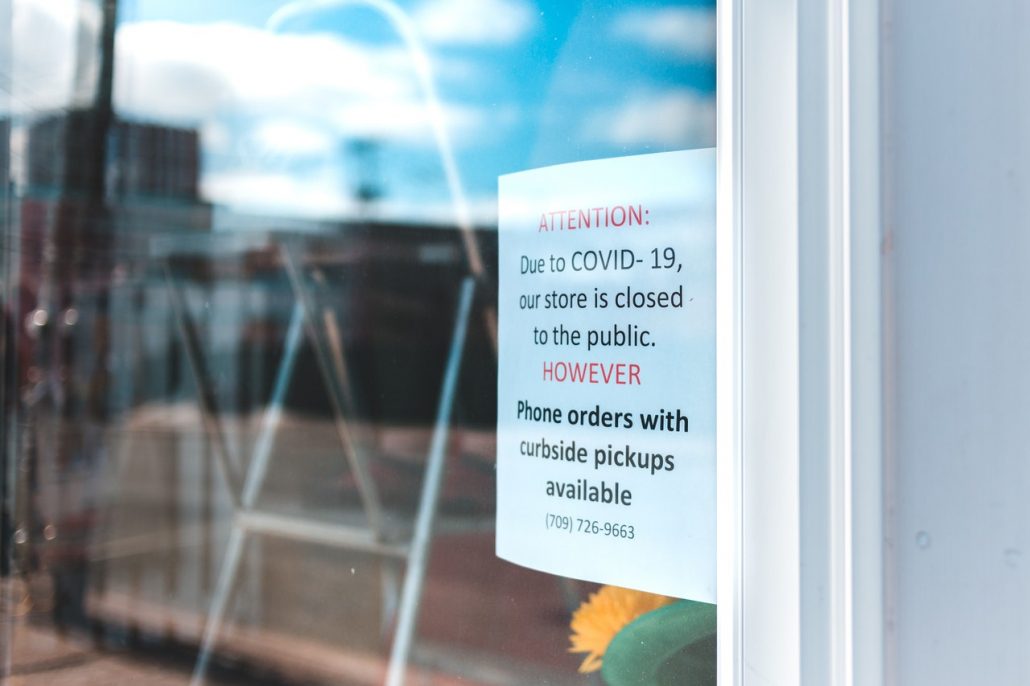
The most obvious trend brands will need to be prepared for in 2021 will continue to be the ongoing COVID-19 pandemic. While vaccinations are finally rolling out and we can be optimistic to relatively soon be returning to something resembling normality, it is also clear that many shopping habits and consumer behaviors are permanently changed.
For example, virtual events and trade shows are all but guaranteed to stick around. Now only do they provide an easier and more affordable way to bring together top members of your industry from around the country, they do it without massively interrupting your day-to-day operations.
Likewise, many customers will continue to prefer using online ordering and curbside pickup from local businesses out of convenience well after social distancing is a thing of the past.
Social Media Purchasing Goes Mainstream
For years, social media has been a major tool for consumers to find and learn about new products they otherwise would have never known about. Recently, though, they have been expanding to allow shoppers to not just find products, but to buy them right then and there.
The ease of going from discovering something cool to making a purchase without ever having to leave your current app is fueling a rush to provide the best social shopping experience and this trend is only going to get bigger in 2021.
We Are Past Peak Facebook

Facebook has been the undeniable king of social media for more than a decade now, but the platform has been facing increasing challenges that are getting hard to deny.
In sheer numbers, the social network still far outranks any other platform out there, but a growing number of its users are aging, with younger demographics turning to hipper alternatives like Instagram, Snapchat, and TikTok.
Add in the continuous issues with the spread of fake news, concerns about echo chambers, a relatively recent data breach scandal, and recent calls for the breakup of Facebook’s extended network of services (including Instagram and WhatsApp) – it quickly becomes clear Facebook is past its prime and is no longer the single platform you should be focusing on.
Video Content Is The Standard
For the past few years, my year-end lists have consistently included one thing – video content has been increasingly important for brands looking to maintain effective marketing and outreach.
Well, call 2020 the tipping point, because video content is no longer “on the rise”. It is the standard and it is here to stay.
While blog content remains important for technical SEO and connecting audiences with some specific types of information, the data makes it very clear that consumers prefer the quick, digestible, and entertaining nature of videos over long, often repetitive blog posts.
At this point, rather than clicking to your blog page shoppers are more likely to check out your YouTube and Instagram page when trying to find out the details of what you offer and why they should choose you over the competition.
Mobile SEO Is Now an Oxymoron
Since Google introduced its “Mobile-First Search Index” the writing has been on the wall. Having a mobile-friendly website was no longer an option or convenience. Mobile-optimized websites were quickly becoming the first thing anyone – including search engines – were likely to see when checking out your brand.
With the recent announcement that Google would be dropping all desktop-only websites from its primary index starting in March 2021, the final nail is being pounded into the coffin. To be included on search results from the biggest search engine in the world, your website must be compatible with all the current mobile-friendly standards.
With all this in mind, the age of considering separate SEO tactics and strategies for mobile users is long gone. There is just “SEO” and you must plan for mobile users if you want to have a chance of succeeding.
We are all hoping that 2021 is a little less chaotic and a bit smoother than the past year has been. Still, even if we have the most tranquil year in history, there are bound to be a number of surprising new twists and factors in how Google ranks websites and content for users. If you want to remain competitive in an increasingly digital world, it is important that you stay up to date with all the latest from Google and be prepared to respond.


